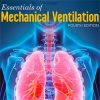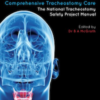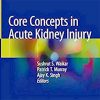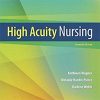Development and Assessment of Objective Surveillance Definitions for Nonventilator Hospital-Acquired Pneumonia
jamanetwork.comThese findings suggest that objective surveillance for NV-HAP using electronically computable definitions that incorporate common clinical criteria is feasible and generates incidence, mortality, and adjusted ORs for hospital mortality similar to estimates from manual surveillance.
These definitions have the potential to facilitate widespread, automated surveillance for NV-HAP and thus inform the development and evaluation of prevention programs.
The study analyzed 310,651 patients with 489 519 admissions, including 205,054 patients with 311,484 admissions of 3 or more days.
Among the patients with 311,484 admissions, the mean (SD) patient age was 58.3 years and 176,936 were of women.
Incidence rates for candidate definitions per 100 admissions ranged from 3.4 events for worsening oxygenation alone to 0.9 event for worsening oxygenation and at least 3 days of new antibiotics to 0.6 event for worsening oxygenation, at least 3 days of new antibiotics, fever, abnormal white blood cell count, and performance of chest imaging.
Incidence rates, lengths of stay, hospital mortality rates, and odds ratios (ORs) for time to discharge and mortality compared with those of matched controls were calculated for each candidate definition.
The ORs were adjusted for demographics, clinical service, comorbidities, and severity of illness.

















